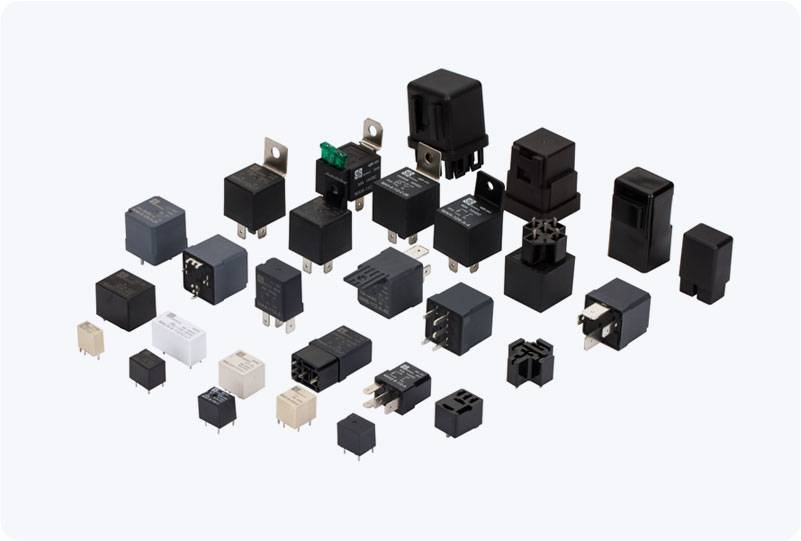A 220VAC Power Relay is an essential component used in a variety of electrical and electronic applications to control high-power devices. It serves as a switch that is activated by a small electrical signal to control larger, higher-voltage circuits. These relays play a significant role in industrial automation, home appliances, and power distribution systems. In this article, we will explore the key features, working principles, and applications of the 220VAC Power Relay, shedding light on how this component operates and contributes to modern electrical systems.

What is a 220VAC Power Relay? A 220VAC Power Relay is a type of electromagnetic switch that is designed to control electrical devices running on 220V alternating current (AC). It consists of two main parts: a coil and a set of contacts. The coil, when energized, creates a magnetic field that pulls or pushes the contacts to either close or open the circuit. This action allows the relay to control the flow of electricity in a high-voltage AC circuit using a low-voltage DC signal. These relays are commonly used in situations where electrical devices require switching between on and off states, or when automation systems need to control the operation of heavy-duty machinery, lighting, heating systems, and more. The 220VAC Power Relay is integral to the functioning of systems where human intervention for power control needs to be minimized.